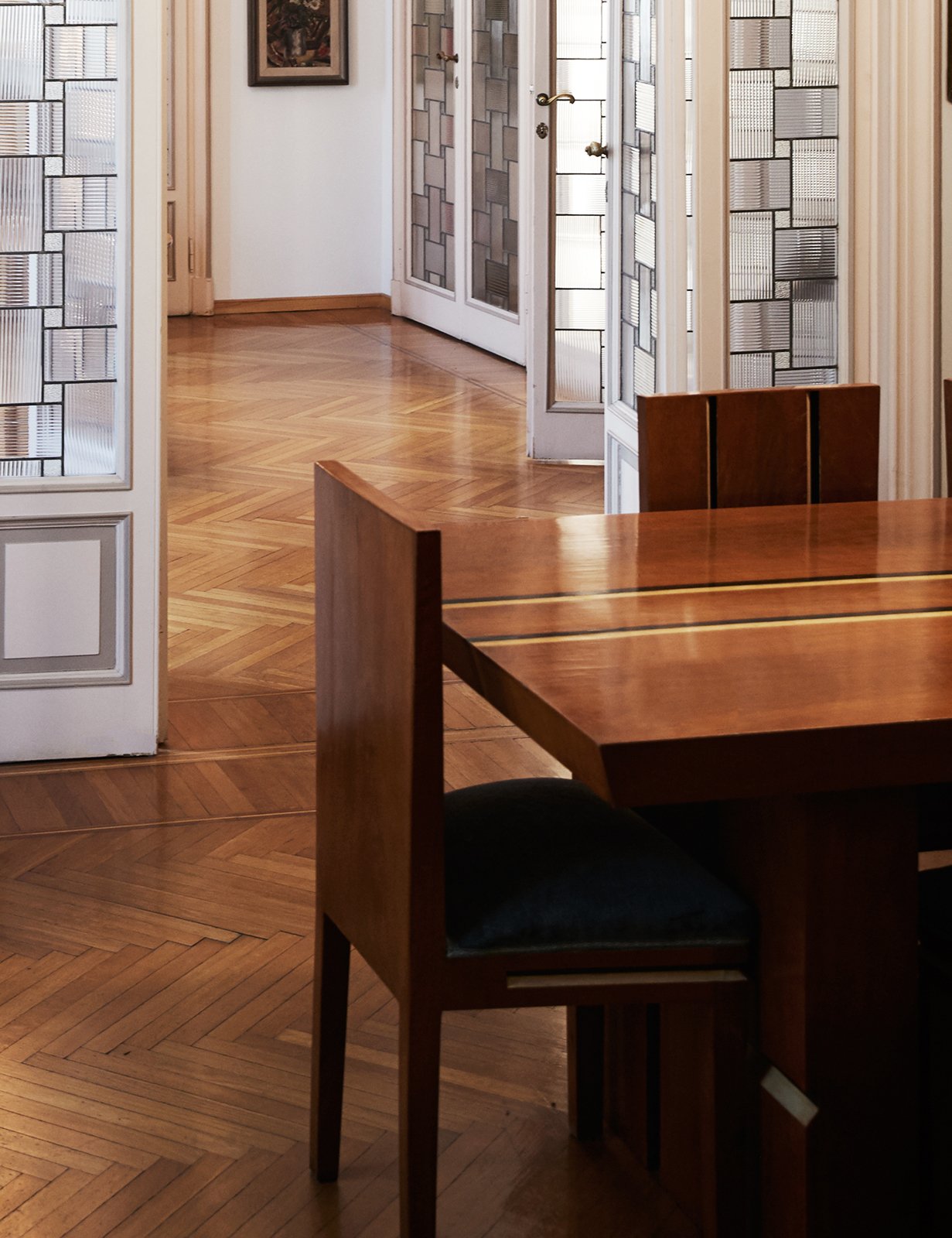Casa Museo Boschi Di Stefano
Category: Art & Architecture
Location: Milan Italy
Centuries ago, there was no distinction between fine art and craftsmanship. Painters painted directly on ceilings and walls of churches and mansions.
It wasn’t until the Renaissance that the concept of “artists” was developed, separating them from skilled craftsmen.
Casa Museo Boschi Di Stefano, on via Giorgio Jan, 15, is a unique place to visit because it contains both design, craftsmanship and works of fine art.
It brings together many elements that make life not only more pleasant but also more interesting.
The museum is housed in an apartment building designed by Piero Portaluppi, rationalist architect and one of the most significant creative minds in Milan during the 20th century.
It is rare to be able to visit one of his apartments, especially one as unchanged as this one, where many of the original details have been left untouched.
The house was built between 1929 and 1930, which explains why it is softer and has more classical elements than his later work, which became more minimalist and streamlined.
The apartment belonged to Antonio Boschi and Marieda Di Stefano.
Di Stefano had trained as an artist, devoted almost exclusively to ceramics. Since 1962 and still in operation today, in the very same building, is a school of ceramics, named after Marieda Di Stefano.
Boschi, on the other hand, was an engineer.
The two were dedicated art collectors, and their apartment was not only home to the artists’ works but a social centre for the artistic community in Milan for many decades.
After the death of Boschi in 1988, the collection was donated to the municipality of Milan, and the apartment transformed into a museum.
The apartment consists of eleven rooms, all filled with art collected by the couple. The collection is presented in a chronological order, from the Novecento Italiano to Mario Sironi. Important pieces by Lucio Fontana and Morandi deserve special mention.
There are also interesting works representing Spatialism and the Art informel-movement.
As Boschi once summarised the collection: “This was a joint venture in every sense: in the material sense, as it implied decision-making, commitment, and financial sacrifices entailing hardships in other fields; and in the artistic sense, through a sharing of taste, objectives and choices”.
In addition to the architecture and the artworks, the period furniture, selected and curated by the foundation, represents the dominant style that defined the era between the 1930s and the 1970s, when the couple lived here.
Milan, Italy








